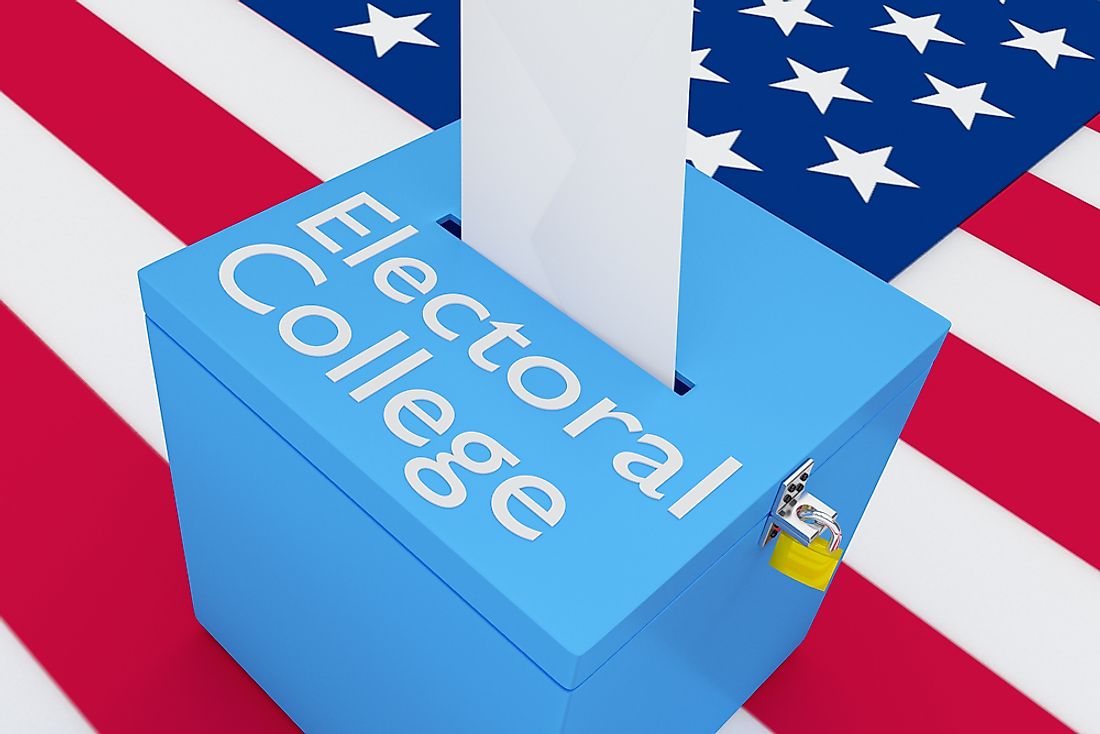How Does the Electoral College Work?

Millions of American voters elect, among other officials, the country’s next president and vice president after every four years on the Tuesday that follows the first Monday of November. While their votes are counted and winners declared, the winner of the popular vote does not automatically become president. Rather, the president is chosen by the Electoral College.
What is the Electoral College?
The Electoral College is the final body in the US Presidential election process. The body is made up of 538 electors who hold a special sitting to cast their votes for the President and Vice-President of the United States of America. The candidate who receives 270 electoral votes becomes the next president.
The process of selecting the electors vary from state to state. Political parties usually nominate electors during party conventions. Sometimes, the party’s central committee select the electors. The electors are often party officials, state-elected officials or individuals with a strong affiliation with the party’s Presidential candidate.
How the Electoral College Works
In 48 of the 50 states, the presidential candidate who wins the popular vote is allocated that state’s electoral votes. The electors are neither compelled by Federal election laws nor the Constitution to vote for their party’s candidate. However, 27 states have laws that require electors to cast their votes for their party’s candidate should that candidate win the state’s popular vote. No such law exists in the other 24 states; however, it is a common practice for electors to vote for their party’s presidential candidate. In Maine and Nebraska, however, candidates share electoral votes by proportional representation, meaning that the winner of the popular vote in those states automatically gets two electoral votes (for the two senators). The remaining electoral votes are apportioned per congressional district. These rules ensure that both candidates receive electoral votes from the two states, unlike the winner-carry-all system in the other states.
If no candidate gets a majority of the electoral votes, the US House of Representatives is tasked with the job of electing the next president. The top three candidates face off with each state casting a single vote. Whoever wins most of the states become the next president. The process is the same for the Vice President, except that the election is done by the Senate.
Popular Vote vs Electoral College Vote
Yes, a presidential candidate can lose the popular vote but still become the president by winning the electoral college vote. It first happened in 2016 when Donald Trump lost the popular vote to Hillary Clinton, but eventually won the electoral college votes to become the president. Also in 2000, George W. Bush won the electoral college to become the president even though he lost the popular vote to Al Gore.
Although controversial, the Electoral College is the mechanism used to determine the President and Vice-President of the United States. It makes the U.S electoral process unique in that the candidate who wins the popular vote does not automatically become the president. Its proponents maintain that the Electoral College safeguards the rights of the smaller states while standing as an important piece of America’s federalist democracy.











